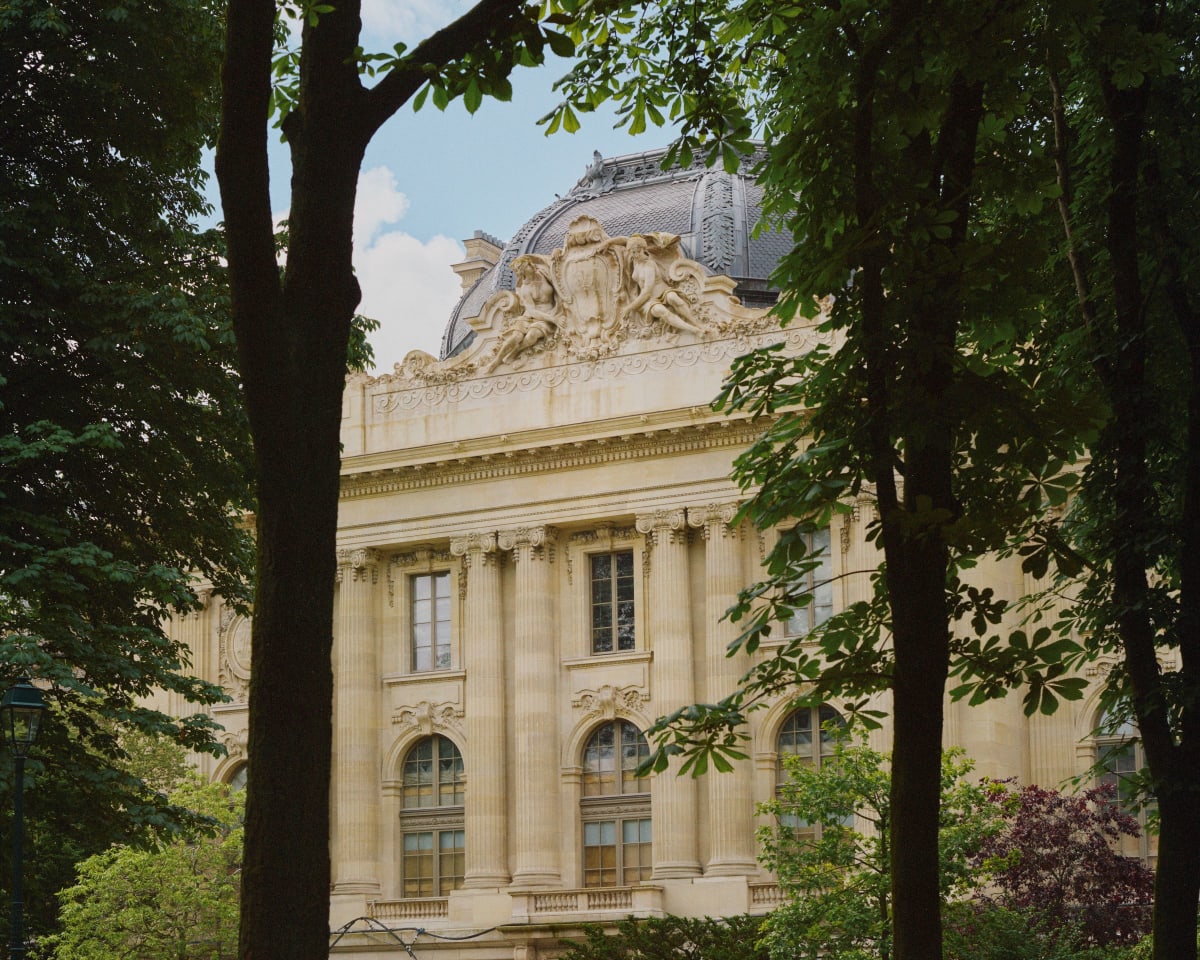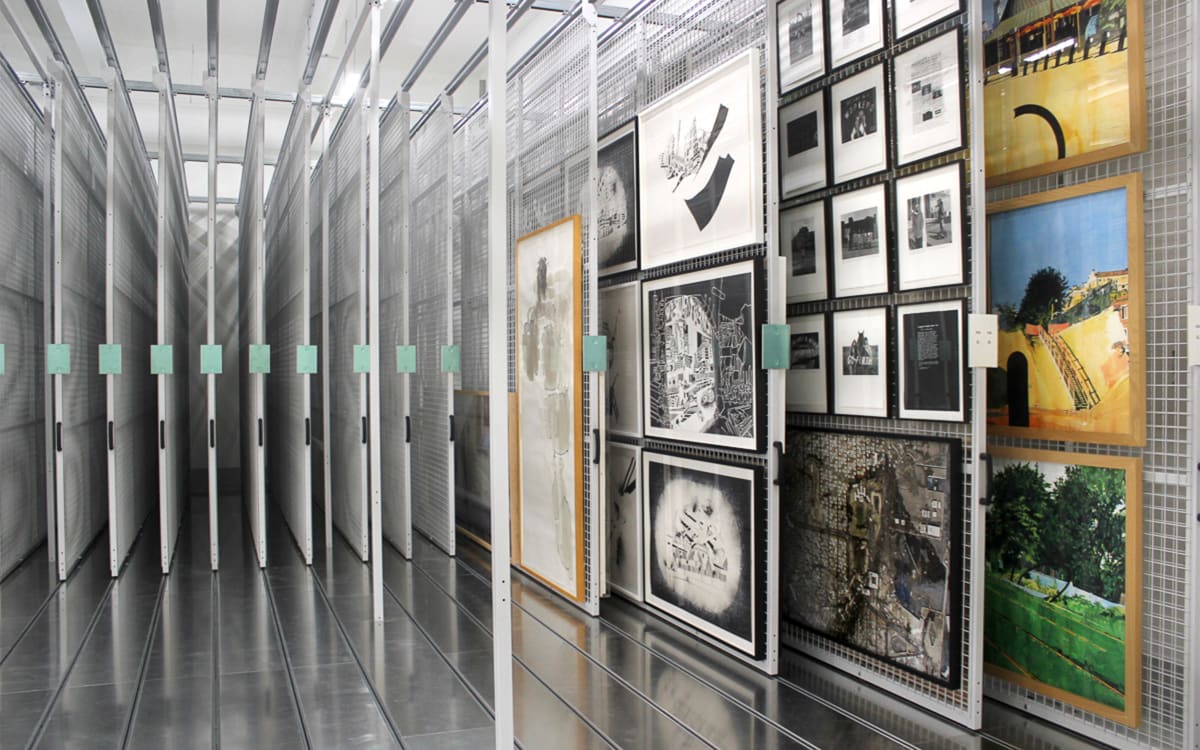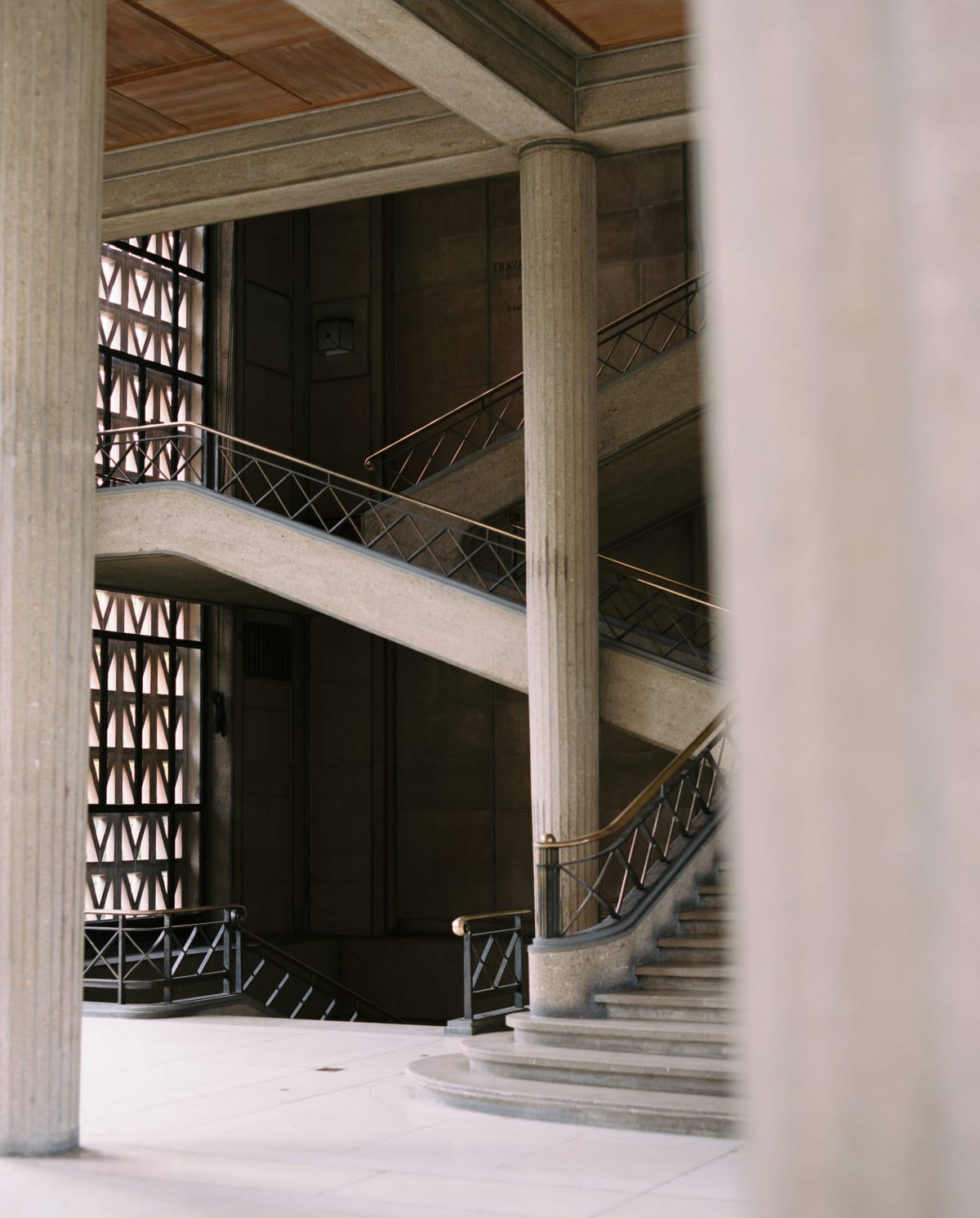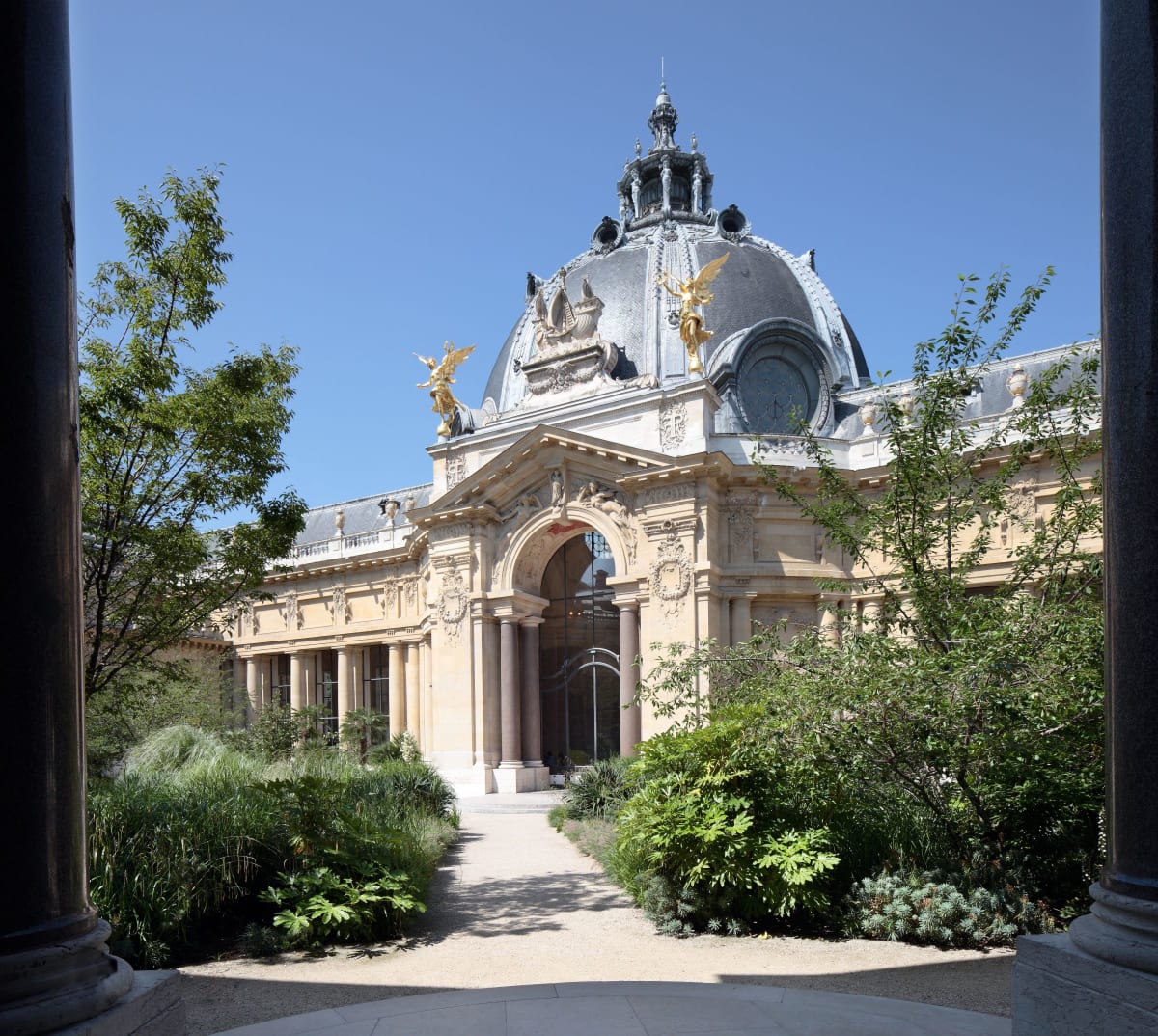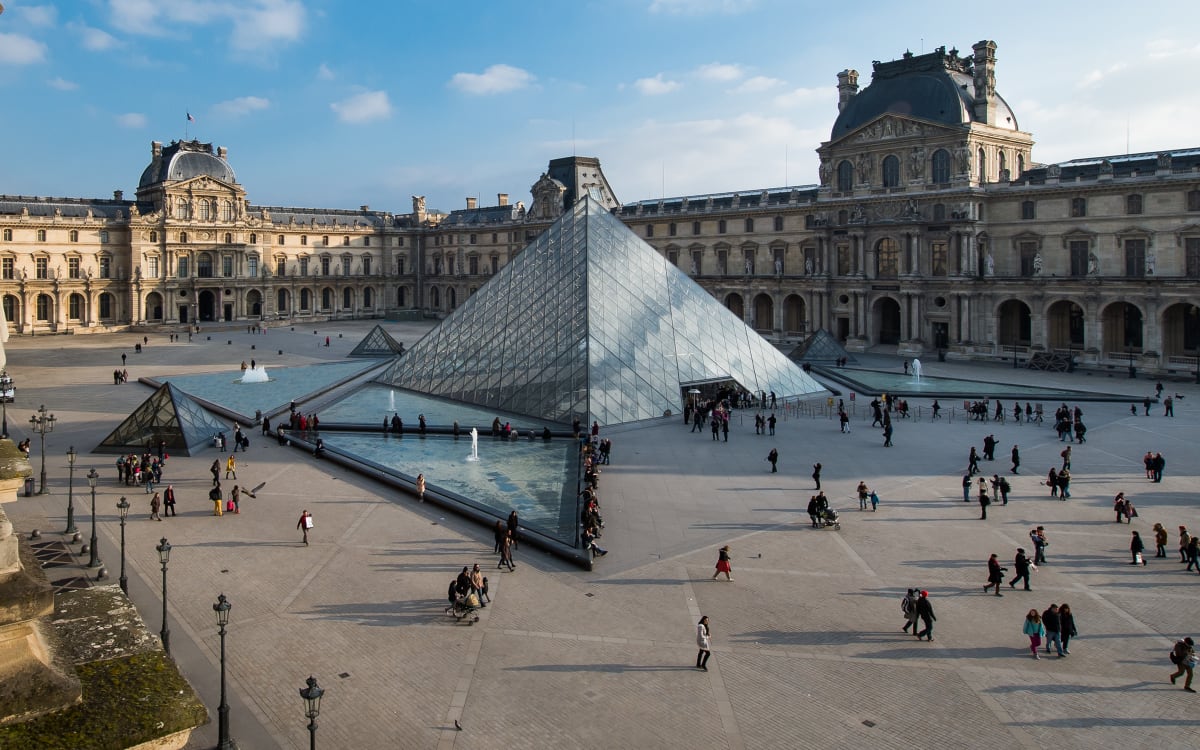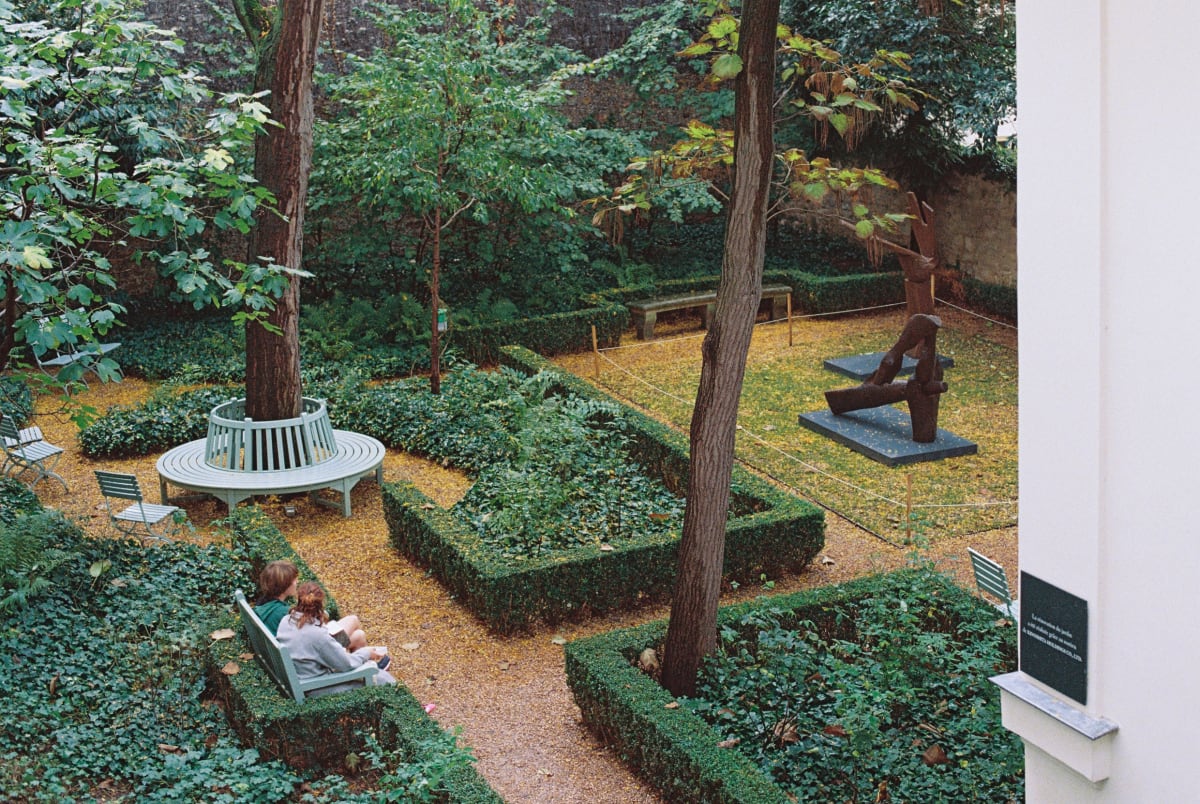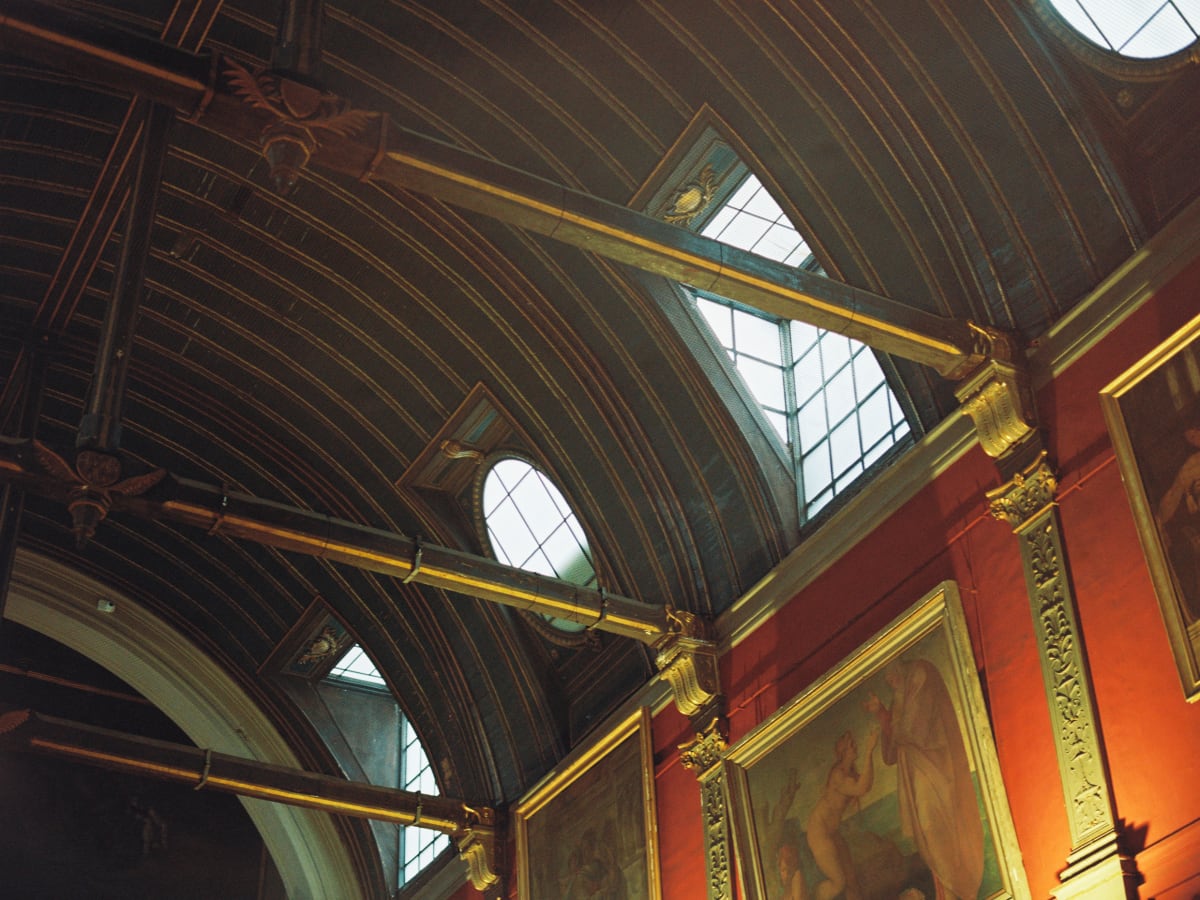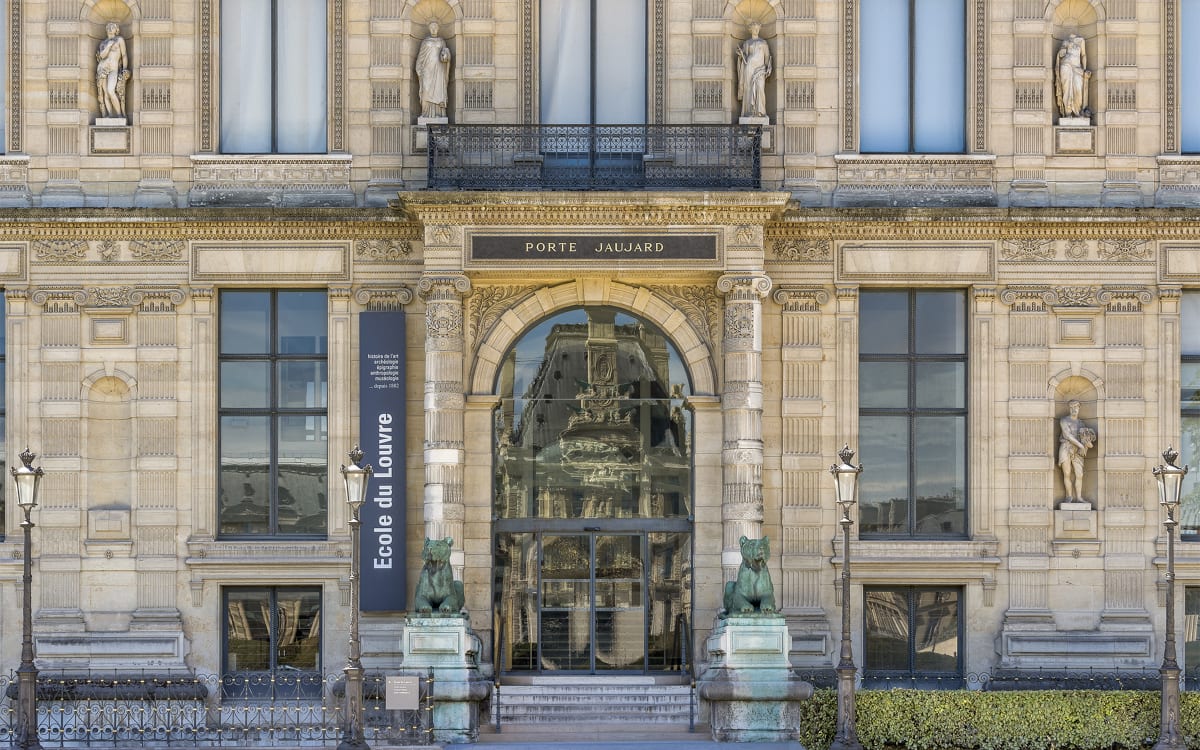October 18 – 20, 2024
Paris
Réunion des musées nationaux – Grand Palais
The Réunion des musées nationaux – Grand Palais is a cultural operator whose mission is to promote access to culture throughout France and beyong. It has many savoir-faire in the artistic and museographic sphere. The organization’s expertise in the artistic and museographic spheres enables it to play a unique role in the world of culture, and pursue its prime ambition: to enable as many people as possible to interact with art from all cultures, eras and in all its forms.
The Grand Palais is the emblem of the organization: there, it deploys its multi-faceted expertise, including the production of large-scale exhibition and cultural events. The Rmn – Grand Palais lends its expertise to ambitious and innovative cultural projects in Paris – in the Musée du Luxembourg – and all over France.
Photograph by Matthieu Croizier for Art Basel.
Ville de Paris / Fonds d’art contemporain – Paris Collections
The Fonds d’Art Contemporain – Paris Collections shows its acquisitions for 2024, which come in addition to a collection of over 23,400 works. They reach out to all types of publics, by being loaned out to exhibitions and displayed in primary and secondary schools, residential care homes as well as social centres.
Find out more about the Fonds d’Art Contemporain, its activities and collection on its website.
Photo credit: Courtesy of Fonds d’Art Contemporain – Paris Collections.
Centre des Monuments Nationaux (CMN)
The Centre des monuments nationaux (CMN) is a public institution under the authority of the French Ministry of Culture. Created in 1914 under the name ‘Caisse nationale des monuments historiques et préhistoriques’, it became CMN in 2000. Financed by the French State, it preserves, manages and opens to the public more than one hundred monuments, from prehistory to the 20th century, nineteen of which are on UNESCO’s World Heritage List. Its 1,470 employees welcomed more than ten million visitors in 2022.
CMN’s mission is to conserve, restore and maintain one hundred monuments and the 137. 000 cultural assets placed under its responsibility; to open and animate these hundred national monuments; to foster, with nearly 400 events per year (exhibitions, shows, animations… ), national monuments to play a key role in cultural life and the development of tourism; to act as a public publisher under the Éditions du patrimoine brand, making a major contribution to the knowledge and promotion of heritage through the publication of visitor guides, fine books, monographs on architects or buildings, children’s books, and works for the blind and partially sighted, and for the deaf and partially deaf people.
Photograph by Aliki Christoforou for Art Basel.
Palais d’Iéna
Commissioned to create an urban plan for the 1937 ‘Exposition Internationale’, architect Auguste Perret proposed a monumental thoroughfare that would link the Place d’Italie and the Chaillot hill; a ‘Champs-Élysées of the Left Bank.’ The fall of the Daladier government in 1934 led to the abandonment of this grandiose project. However, Perret did win two prestigious commissions, the Mobilier National (1936) and the Musée des Travaux Publics (1939) – now the Palais d’Iéna – which enabled him to fulfill his dream of erecting a classical monument using reinforced concrete.
Perret sought to establish the use of reinforced concrete as a discipline in its own right, as part of the grand traditions of architecture. With the Palais d’Iéna, he defined a classical order whose proportions flow directly from the logic of the material. Slender columns carry the roof in a single sweep, under which a second building slides. The interplay of these two frameworks creates a setting of perfect proportions. The columns flare out towards the top, joining the edge beam in a pyramid-shaped trunk adorned with plant motifs. The hypostyle hall, staircase, and amphitheater provide a noble setting. The colonnade of the Avenue d’Iéna captures light and shadow across its textures and moldings in a remarkable expression of the ‘reinforced concrete order’ that was Auguste Perret’s contribution to a thousand-year-old architectural discipline.
Photograph by Marion Berrin for Art Basel.
Petit Palais
Built for the Exposition Universelle of 1900, the Petit Palais building is a masterpiece by architect Charles Girault. In 1902, it became the City of Paris Museum of Fine Arts and presents a very beautiful collection of paintings, sculptures, furnishings and art objects dating from Antiquity to 1914.
Among the museum treasures are an exceptional collection of Greek vases and a very large group of Flemish and Dutch paintings from the seventeenth century, displayed around the famous Self-Portrait with Dog by Rembrandt. A magnificent collection of French paintings from the eighteenth and nineteenth centuries includes major works by Fragonard, Greuze, David, Géricault, Delacroix, Courbet, Pissarro, Monet, Sisley, Cézanne and Vuillard. The museum is also very proud of a very beautiful collection of sculptures by Carpeaux, Carriès and Dalou. The Petit Palais also holds a wide collection of decorative art as well as an outstanding graphic arts room.
Since 2015, contemporary artists like Kehinde Wiley, Andres Serrano, Valérie Jouve, Yan Pei-Ming, Laurence Aëgerter, Jean- Michel Othoniel, Ugo Rondinone, Loris Gréaud and this year Street artists, have been invited to exhibit in the Petit Palais permanent collections in order to create a dialog with these paintings and reveal links between their works and those of the museum.
Photograph: Courtesy of the Petit Palais.
Musée du Louvre
A former royal residence, the Louvre has been inextricably linked to the history of France for the past eight centuries. Conceived as a universal museum in 1793, its collections span nine millennia and five continents. Divided into eight departments, soon to be nine, more than 35,000 works can be seen. As the guardian of this unique heritage, the Louvre has always been a place where artists can admire the great masters and create in their turn, even before the French Revolution. Today, the Louvre continues to nourish the imagination of the greatest contemporary creators, architects, painters, sculptors, dancers, musicians, and even chefs.
Thus, the permanent decor in the museum is a continuation of the palace’s history, which is an ideal architectural setting for commissions of painted or sculpted decorations from living artists. The palace is home to decorations by Charles Le Brun and Eugène Delacroix, Georges Braque (Les Oiseaux, painted in 1953) and, more recently, Anselm Kiefer (Athanor, 2007), François Morellet (Esprit d’escalier, 2010) Cy Twombly (The Ceiling, 2010), Jean-Michel Othoniel (La Rose du Louvre, 2020) and Elias Crespin (L’onde du midi, 2020).
Photo: © 2017 Musée du Louvre / Olivier Ouadah © I.M. Pei / Musée du Louvre
musée national Eugène-Delacroix
The Eugène-Delacroix National Museum is located in the apartment and studio where Eugène Delacroix lived and worked from 1857 until his death. From the painter’s apartment one can visit the dining room, the salon and the bedroom, where the painter’s works are presented. The visit continues in Eugène Delacroix’s studio, overlooking a charming little garden. The artist himself built his studio, where he worked surrounded by thousands of sketches and drawings, as well as objects brought back from his journey to Morocco. The collections of the Musée national Eugène-Delacroix now brings together paintings, drawings, prints, as well as letters by Delacroix and his contemporaries, thus addressing the work of the painter and his creative process through various themes.
Photograph by Aliki Christoforou for Art Basel.
École du Louvre
A public establishment of the French Ministry of Culture founded in 1882, the École du Louvre is a place of higher education dedicated to art history, archeology, epigraphy, history of civilizations, anthropology and museology.
A place for studies open to the world and boasting several national and international partnerships, as well as a dynamic research center, the École du Louvre also organizes panel discussions, study days, and seminars; furthermore, it publishes educational literature as well as an online research publication.
For Paris+ par Art Basel, students will be present on all four locations of the Sites sector - the Tuileries garden, musée national Eugène-Delacroix, place Vendôme, and Beaux-Arts de Paris - between October 20 and 23 (3-5:30pm) to guide visitors.
Photograph © Majid Boustany
